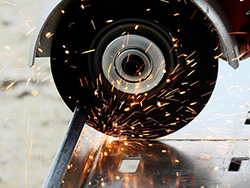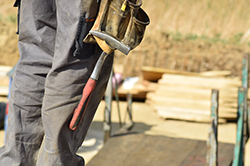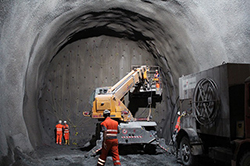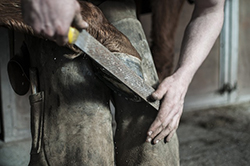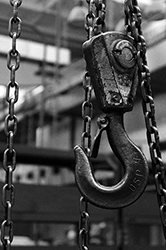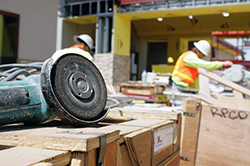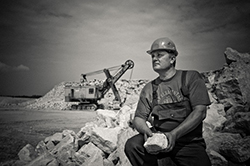 Risk management experts, safety experts, accountants, actuaries, and other professionals make the distinction between direct and indirect costs of accidents, lawsuits, and so forth.
Risk management experts, safety experts, accountants, actuaries, and other professionals make the distinction between direct and indirect costs of accidents, lawsuits, and so forth.
For example, the cost of turnover in the HR That Works Turnover Cost Calculator includes the direct costs (such as paying for a Help Wanted ad) and indirect costs (such not growing the business due to lack of manpower). Two of the most commonly insured employee risks are those for work-related injuries and employment practice claims. This means that the direct costs associated with a Work Comp injury are those related to medical expenses and expense reimbursement, which the Workers Compensation carrier usually pays.
We usually recommend that our clients pay the compensatory portion of the claim because if they don’t, the insurance company will pay it and then get their money back by increasing your experience modifier over the next three years. In a sense, they don’t pay these claims, they finance them. In addition to the increase in the experience modifier (MOD) and cost of future insurance, there are also indirect costs:
- Damage to property (building, tools, machinery, etc.)
- Emergency supplies, cost
- Possible media exposure/brand change
- Investigation time, claim management time
- Affect on employee morale
- Overtime, costs of replacing employee
- Increased experience modifier
- Damage to client relations if accident is “on site”
- Injury to third parties
- Additional legal fees
Of course, these ratios depend on the type of claim or injury, type of business, days lost from work, and so forth. When it comes to an employment practices claim, direct costs are for attorney fees, litigation costs and any settlement or verdict payout. The indirect costs include: Loss of employee morale, damaged customer and client relations, copycat claims, loss of knowledge base, training, and experience.
The risk management literature offers a wide range expert opinion on the range of direct to indirect costs. Only one out of seemingly dozens of surveys identifies indirect costs as lower than a 1:1 ratio to the direct costs. Some go as high as 20 times the direct costs (for example, when an expensive piece of machinery is destroyed in the process).
Based on my personal experience and that of experts I agree with, we can safely assume at least a 1:1 ratio in most circumstances. For example, you might have to pay out $50,000 to settle the lawsuit, plus another $50,000 to replace the employee! Unfortunately, these indirect costs are often uninsurable, and in many cases dwarf the insurable costs in a given risk scenario. Interestingly, the indirect cost ratio has been diminishing as medical and legal expenses continue to soar.
These ratios also depend on such factors as:
- Type of claim/injury
- Type of business
- Claim value
- Days lost from work
- Legal jurisdiction
- Management response

